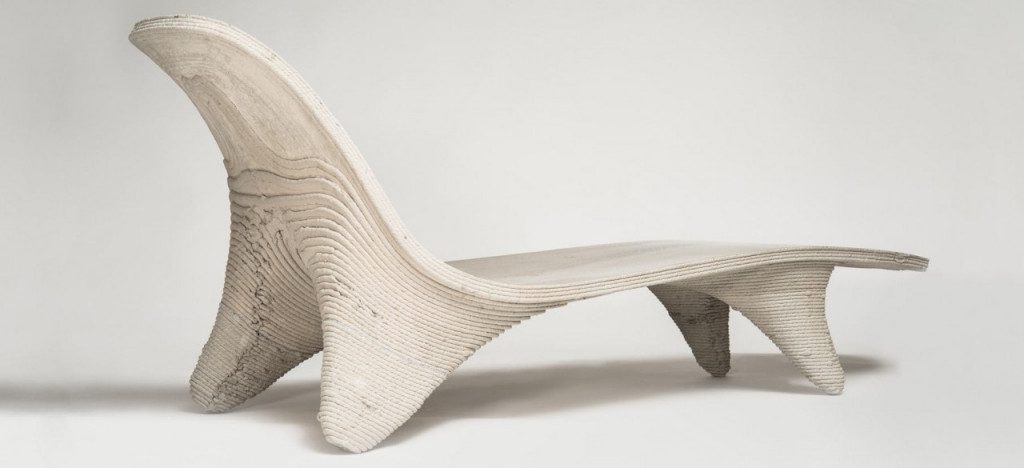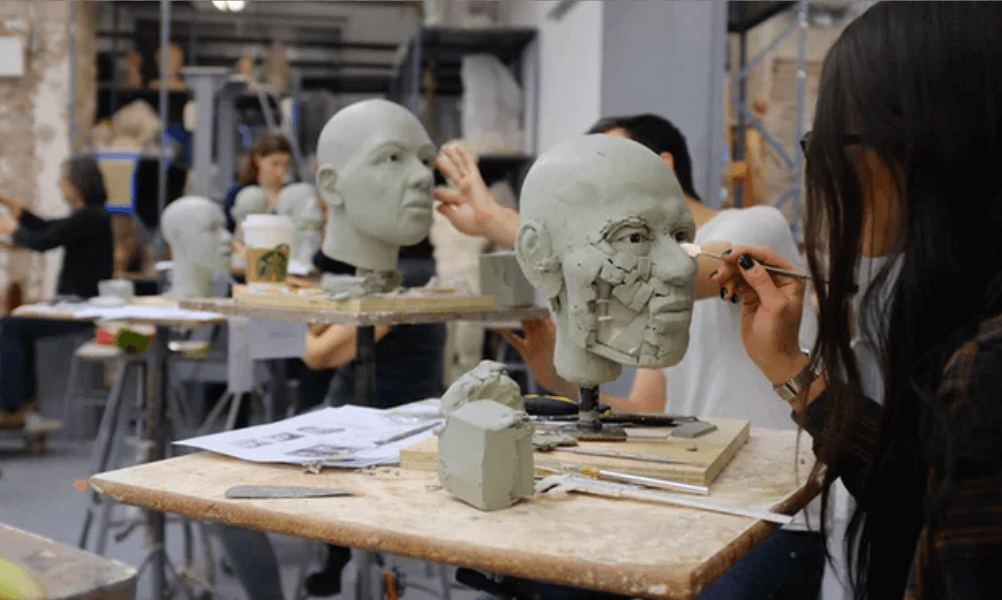Schlagwort: 3D printing in art
-

First 3D Printed Chaiselongue at Milan Design Week 2018
Reading Time: 3 minutesAt Milan Design Week 2018, you can find a collaborative exhibition from Philipp Aduatz and incremental3d which is showcasing the ‘Digital Chaiselongue’ prototype made using 3D printed concrete. This year’s Milan Design Week, taking place between the 17th and 22nd of April will see impressive 3D printed projects including a 3D printed house…
-

3D Printing and Facial Reconstruction Help Identify Eight Victims from US-Mexico Border
Reading Time: 3 minutesArtists from New York are using facial reconstruction to help formally identify the remains of eight dead men who were found on the US-Mexico border. The skulls were 3D scanned in Arizona and sent to New York for 3D printing and reconstruction. Since 2000, there have been 1,004 people found dead in…

